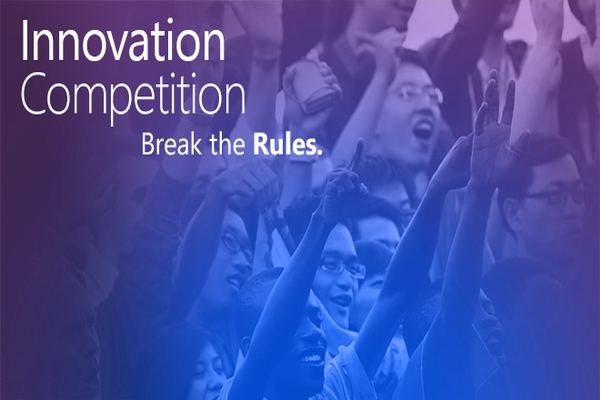Published on the 04/08/2015 | Written by Beverley Head

The cloud, smartphones, wearables, augmented reality and Raspberry Pi hold the key to the future of computing – if student innovators are any guide…
Held in Seattle last week, the Imagine Cup, now in its 13th year, brings together teams of students from all over the world to showcase their ideas and innovations. Harnessing cloud computing, mobile and wearable technologies the students demonstrated a series of products and prototypes that signalled the sorts of innovations that the next generation of technologists is already conceiving.
Split into three streams celebrating innovation, games and world citizenship a broad array of innovations were on display, many of which had harnessed cloud, mobile technologies and Raspberry Pi devices to prototype their ideas.
Out of a field of 330,000 students drawn from more than 100 countries, both Australia and New Zealand fielded teams which made it through to the international finals last week, with Australia winning the world citizenship category for the second year in a row, this time with a virtual reality representation of dementia.
In the finals, a Brazilian innovation that produced bespoke clothes patters guaranteeing a perfect fit (including for disabled people) won the international event.
Lawrence Crumpton, Sydney-based Microsoft evangelist for the event, said that over the 13 years of the competition it had morphed from being a “science fair” into an event with prototypes ready for commercialisation.
Steven Guggenheim, Microsoft’s chief evangelist said that from next year the competition would be extended to children as young as nine as the world now stood at the “crossroads of transformation and disruption.”
One of the technologies generating the biggest buzz around competitors was Microsoft’s HoloLens. Expected to be released within a year, the HoloLens is a head mounted see-through computer that has been designed with a new class of augmented reality applications in mind.
The winning Australian team at the Imagine Cup said it wanted to use the HoloLens to deliver the next generation of its innovation which provides a virtual reality rendition of how a dementia sufferer views the world. That virtual reality experience has already been deployed in a special facility operated by Alzheimer’s Australia in Melbourne.
The start up behind the technology, Opaque Multimedia, has now developed a version for Oculus Rift, and is working on a cheaper prototype display unit that will allow anyone with a smartphone to experience the system. It is now keen to see how the HoloLens could further enhance the experience.
Last year’s winners of the global competition – who, like Opaque Multimedia, took away $US50,000 in prize money and a meeting with Microsoft founder Bill Gates – are Melbourne based Team Eyenaemia.
The startup is now undertaking clinical tests of the solution which will allow people to use a smartphone to take a “selfie” of their eyes in order to diagnose chronic anaemia which can be a signal of HIV or bowel cancer.
Eyenaemia founders Jennifer Tang and Jarrel Seah are also planning to trial the solution in Rwanda, where there are higher rates of anaemia, to ensure that the diagnosing algorithm works for different nationalities where there are higher rates of severe anaemia than Australia.
The author attended the Imagine Cup as a guest of Microsoft.



























